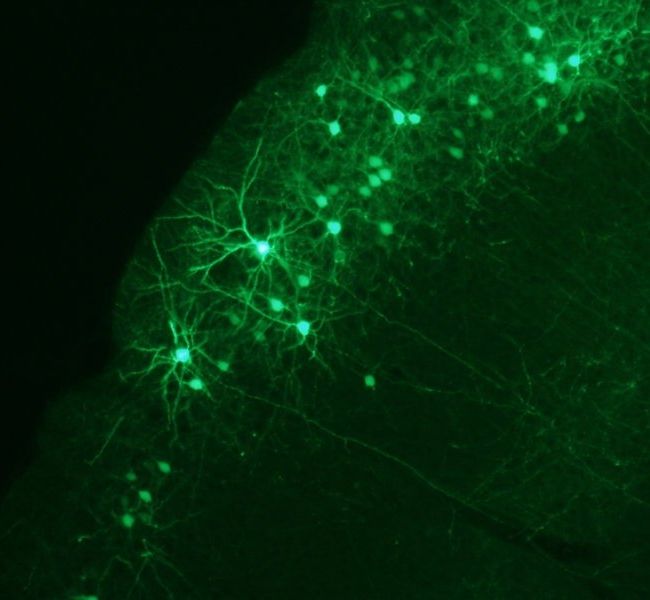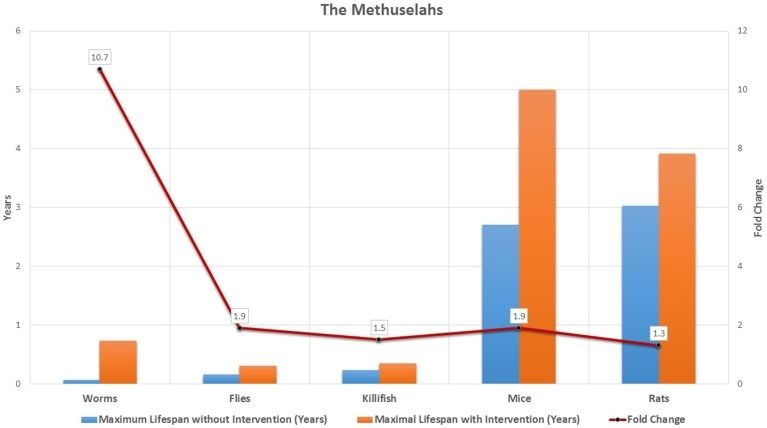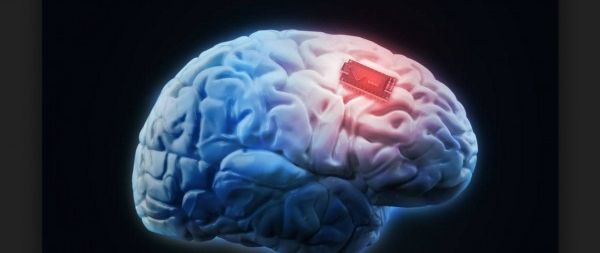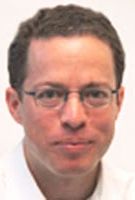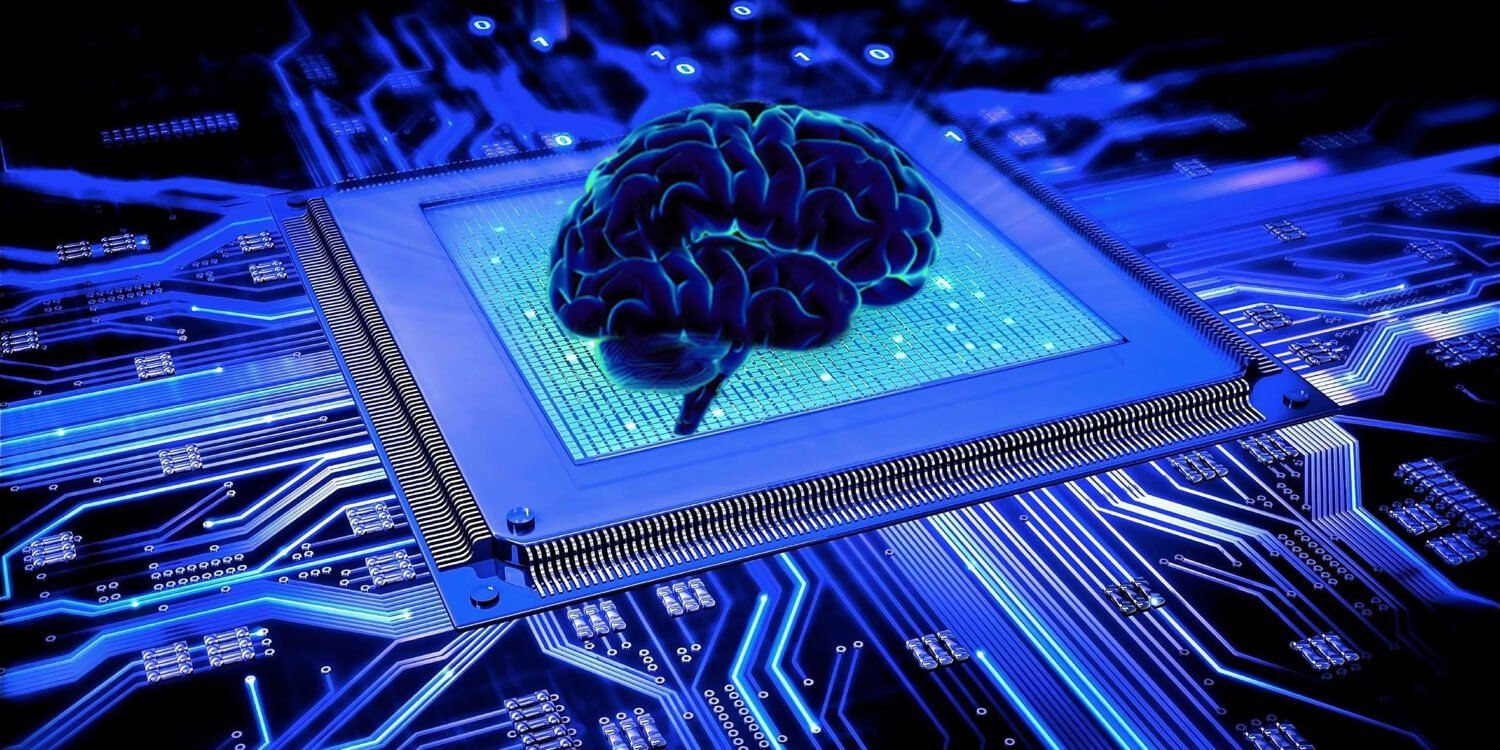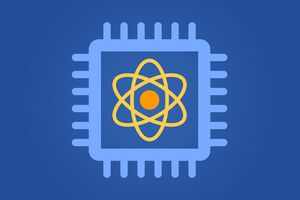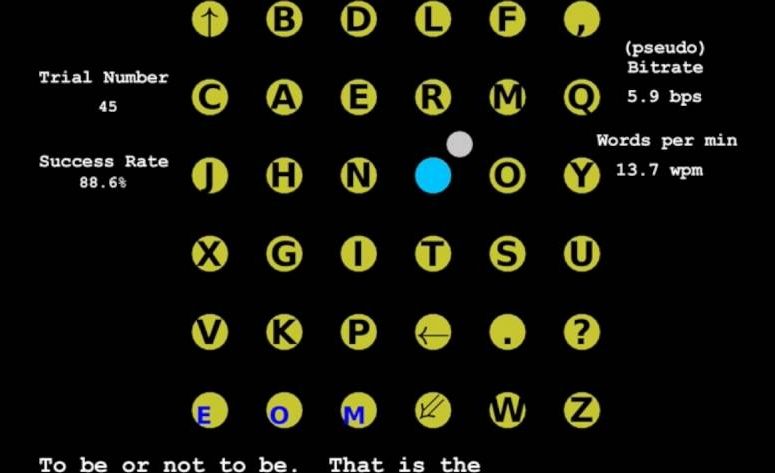Oct 5, 2016
Turning to the brain to reboot computing
Posted by Karen Hurst in categories: computing, information science, neuroscience, physics
Computation is stuck in a rut. The integrated circuits that powered the past 50 years of technological revolution are reaching their physical limits.
This predicament has computer scientists scrambling for new ideas: new devices built using novel physics, new ways of organizing units within computers and even algorithms that use new or existing systems more efficiently. To help coordinate new ideas, Sandia National Laboratories has assisted organizing the Institute of Electrical and Electronics Engineers (IEEE) International Conference on Rebooting Computing held Oct. 17–19.
Researchers from Sandia’s Data-driven and Neural Computing Dept. will present three papers at the conference, highlighting the breadth of potential non-traditional neural computing applications.
